This is Step 3 of how to write preschool lesson plans an entire year in advance. Whether you’re just looking for some lesson planning tips, or if you’re wondering how to write homeschool preschool lesson plans, this post will give you all the details on how to select preschool themes.
How to Write Preschool Lesson Plans an Entire Year in Advance
As I stated in previous posts, these lesson plans do not reflect detailed and scripted daily plans that specify what is to be taught each minute of your teaching time.
Instead, these lesson plans reflect an outline of skills and concepts you hope to teach throughout the school year.
In educational terms they’re known as a scope and sequence, which you’ve hopefully downloaded and have ready for this post: Step 3: Deciding on Preschool Themes.
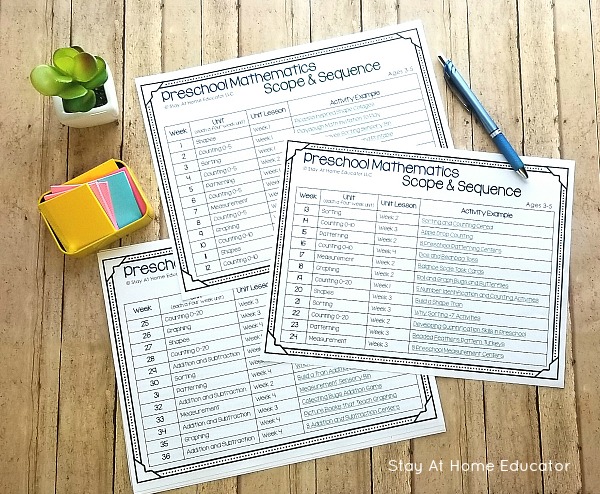
Having this scope and sequence planned out for the year will help you identify what skills and concepts you’d like to teach during the year. And since you’ve already worked that out, you can now select themes (and actual activities) that will meet those teaching objectives.
LEARN HOW TO WRITE LESSON PLANS THE EASY WAY
My process for writing preschool lesson plans requires only a few simple steps. Now you can have this quick and easy system delivered right to your inbox, completely free! Just fill out the form below.
What You Need to Do Before This Step
My system for how to write homeschool preschool lesson plans (or non-homeschool lesson plans) the easy way is simple, but each step must be done in order.
If you haven’t read Step 1: Create A Calendar, then you should do that and the tasks in it right now. You definitely want to have your calendar solidified before you do these new tasks.
You should also have nailed down how you plan on teaching preschool literacy and preschool math. Be sure to read Step 2 before continuing here. And don’t forget to grab the four different lesson planning templates from that post. They’re all free.
Once those are complete, you’re ready to decide on preschool themes.
Why Teach Preschool Themes
Not everyone is a huge proponent of theme-based instruction.
I personally am.
I find the focus they give to our exploration in the classroom to be an irreplaceable benefit, and I love teaching the children with an “inch-wide and mile-deep” kind of attitude. Teaching with themes allows me as a teacher to facilitate my students’ learning so that they have multiple opportunities to explore a concept in depth.

Some educators and educational methodologies suggest that the teacher should follow the interests of the child and teach according to where the child leads you. I agree with this to a certain extent, but I also believe that it’s ok to guide a child’s education and encourage learning in a specific area. So my instruction is theme-based.
To prepare you for selecting themes, you’ll need to answer some questions.
Will you teach monthly or weekly themes?
I prefer monthly themes. To me, weekly themes require a tremendous amount of energy and time to prepare, both in lesson planning and gathering materials. However, some early childhood educators really prefer weekly themes. That’s fine. I’ll review with you how to plan for themes, and you can adjust for whether or not you’d like to teach them monthly or weekly.
One thing to consider about monthly themes is that you can choose a broad theme and then break the theme down into more specific themes by week. For example, this October our theme will be Farms. I have the choice to pull random farm-related activities to support that theme, or I can narrow the theme down by the week. Maybe one week we’ll focus on what a farm has on it, the next week we’ll learn about tractors and seeds, or apples (a traditional fall theme), and maybe one week we’ll focus on farm animals. The point is, if you choose a general theme you can narrow instruction by the week, and even let your students’ interests guide those weekly themes.
How do you select preschool themes before meeting your students?
Let’s take a close look at this question. It’s a very good one!
If a goal of your instruction is to teach themes that are of interest to your students (because, let’s face it, learning is always easier when there is interest), how can you possibly plan in advance of meeting your students? This also applies to teaching your own children if you’re a homeschooling parent.
A typical school year in the United States lasts from mid-August to the end of May. That’s ten months of instruction. Think about your preschooler and how much his or her interests may have changed in the last year. Maybe a lot, maybe not. Either way, selecting themes needs to be done carefully and thoughtfully.
It’s an important part of learning how to write homeschool preschool lesson plans, or any other kind of lesson plans for that matter.
When I consider themes for the school year, I take three things into account.
- What is developmentally appropriate for the age?
- What is commonly of interest to children for the age?
- What is of interest to myself?
Let me give you an example scenario where the above three questions are critical to the success of the student and the teacher.
One year we tried a bridges theme in my 4-5’s preschool class. This theme was a huge amount of engineering fun as we worked together as a class to build and test various bridges using a variety of materials. We tested our bridges using glass floral pebbles to make them fall so we could determine what kinds of bridges were the strongest. We manipulated the height and the length to see if that impacted the bridge’s strength, too.
My 4-5’s loved theme. It was just the right amount of interest and challenge for this age.
But my daughter, who had just turned three, struggled because she hated her bridge falling.
She kept crying, “I can’t do it!” when she placed that final floral pebble on her bridge that caused it to scatter on the table. She struggled to understand that the purpose of testing the bridge was to actually make it fall apart so we could see how much weight it could hold.
So a bridges theme may not be appropriate for a 3-4’s class, whereas it certainly is appropriate for an older 4-5’s class. This isn’t to say that you can’t build and test bridges with younger preschoolers; it simply means that your planning will need to be more considerate of the age, and you may need to do a bit more troubleshooting once you’re in the midst of instruction.

The second thing to consider is what themes are of common interest to most children of the age. In my experience, there are a number of themes that seem to attract all preschoolers, and I return to these popular themes over and over again when I go through my easy process of how to write homeschool preschool lesson plans.
Popular preschool themes that seem to interest all preschoolers, both younger and older, include:
- farm
- autumn
- bugs and butterflies
- dinosaurs
- spring
- ocean
- weather
- holidays
- snow and winter
- Arctic animals
- food and nutrition
Each of these preschool themes is broad enough to be broken down into sub-themes that can be investigated on a weekly basis, if you choose.
The final thing to consider is themes that are of a high interest to you. I strongly believe that you–the teacher or parent–must also have a high level of interest in what you teach. I use my own enthusiasm for a theme to get my students excited in the content.
Have you ever had to teach something you weren’t excited about? It’s not easy.
Printable Centers for Popular Preschool Themes
It is so important that you be interested in the themes you select for the school year. Without a personal interest, you will simply not be able to teach with that “inch wide and a mile deep” attitude.
Here are some of my most popular thematic preschool activities.
-
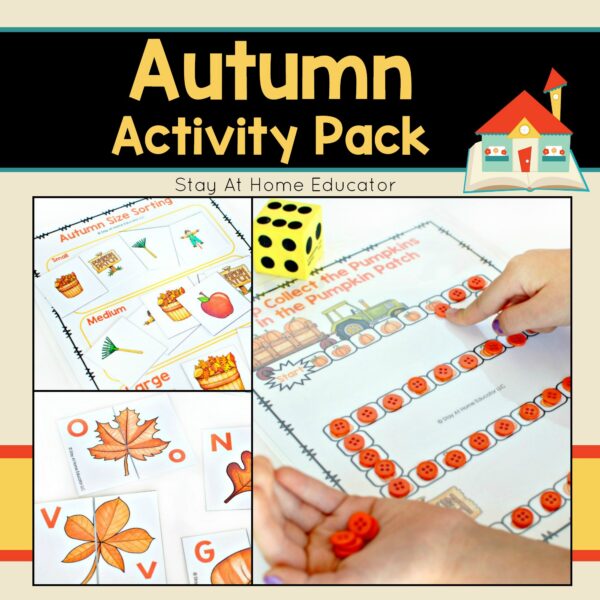 Autumn Activity Pack for Preschoolers$5.00
Autumn Activity Pack for Preschoolers$5.00 -
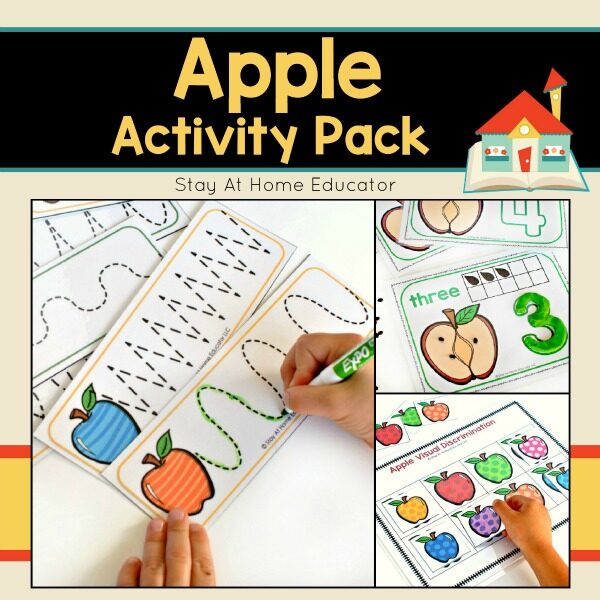 Apple Activity Pack for Preschoolers$5.00
Apple Activity Pack for Preschoolers$5.00 -
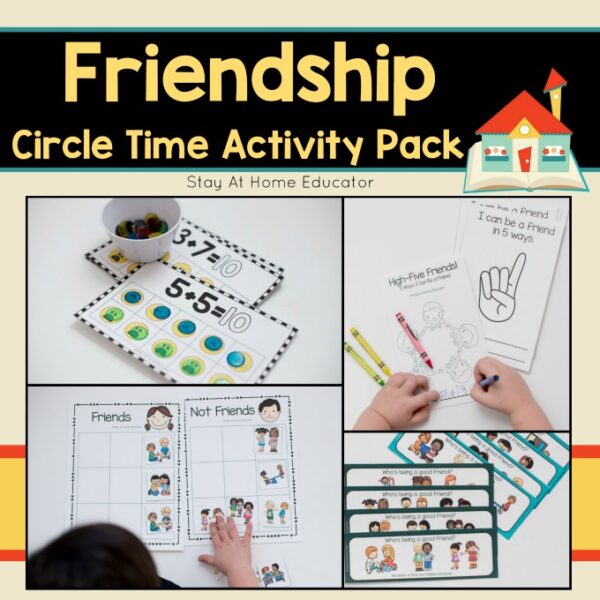 Friendship Small Pack – 6 Activities$5.00
Friendship Small Pack – 6 Activities$5.00 -
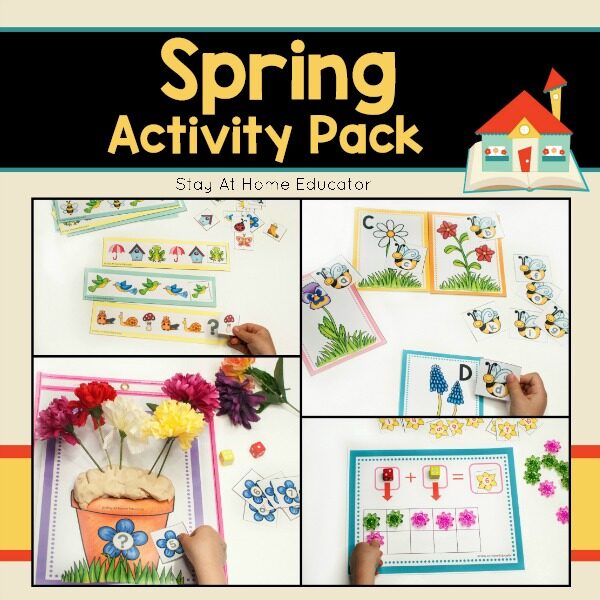 Spring Activity Pack$5.00
Spring Activity Pack$5.00 -
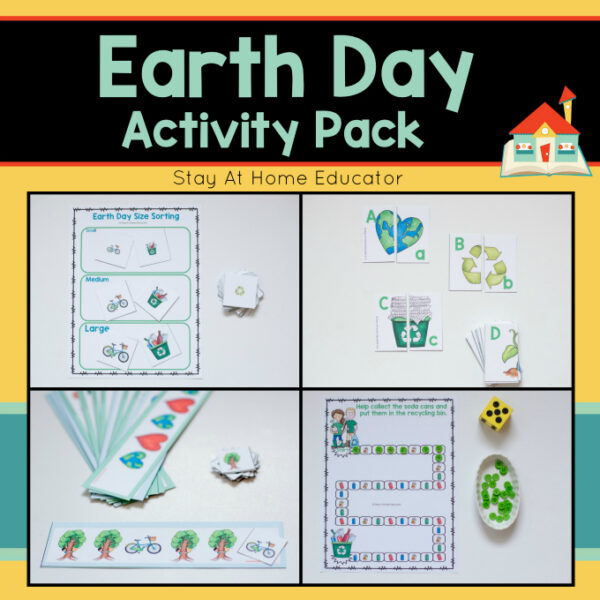 Earth Day Small Pack – 6 Activities$5.00
Earth Day Small Pack – 6 Activities$5.00 -
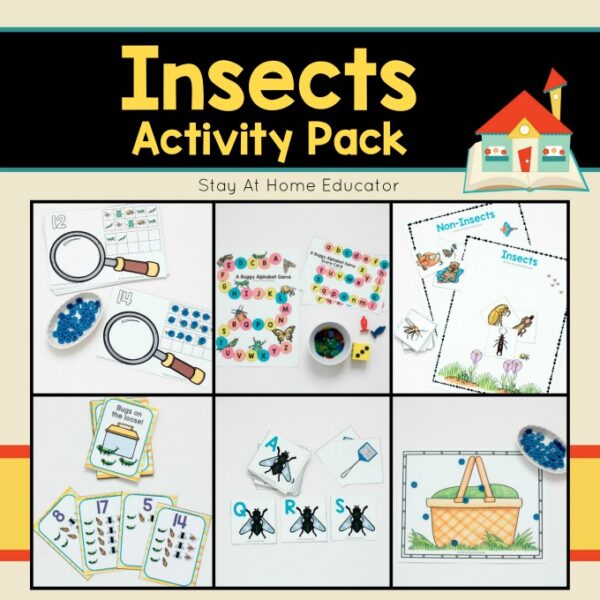 Insects Activity Pack$5.00
Insects Activity Pack$5.00 -
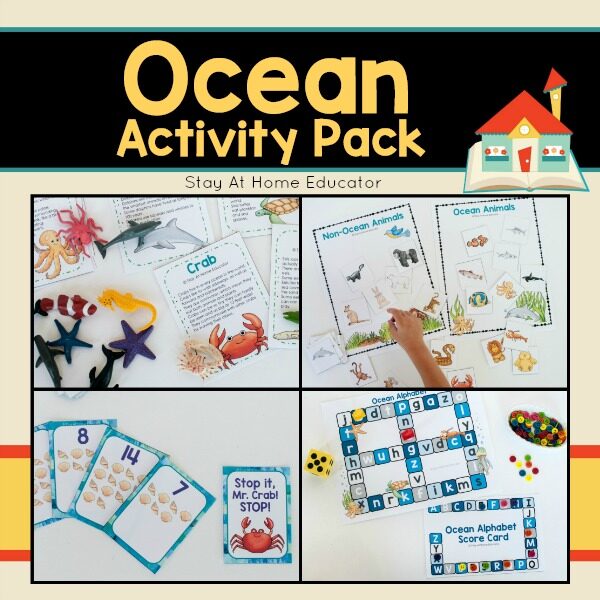 Ocean Activity Pack for Preschoolers$5.00
Ocean Activity Pack for Preschoolers$5.00 -
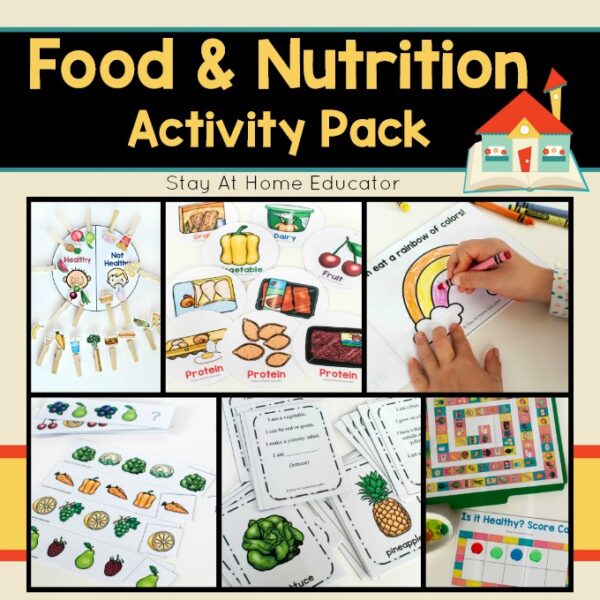 Food and Nutrition Activity Pack$5.00
Food and Nutrition Activity Pack$5.00
How do you decide when to teach each theme?
On my blog, under the tab themes, I have my preschool themes organized into seasons and holidays because that’s how I tend to teach them. There’s nothing better than teaching about spring when it’s springtime, or teaching about the desert when it’s blazing hot outside.
Sometimes I do switch things up a bit and teach a theme in a less traditional time of the year. For example, last year I taught my ocean theme in the middle of winter. Sometimes winter is do dreary where we live that it’s fun to take a break from the cold and pretend we’re somewhere warm and sandy.
The same can be said for winter. It’s a great amount of fun (and really refreshing) to learn about the cold and ice and snow in the middle of summer. Think of all the fun sensory activities you can do that will give the kiddies a break from the heat.

You’ll also find that some themes will fit nicely into your school year anytime, such as dinosaurs, construction, transportation, or fairy tales.
How do you keep track of all the themes you want to teach?
With an outline or template, of course! And I’ve provided them right here. Just click on the image to get your copy.
This template is completely editable, too! That means you don’t have to print and write by hand. You can keep it all on your computer!
You’ll notice that both templates include columns to fill in a monthly color, shape, and number. I use this as a reference for circle time. I select the monthly color based on the theme and the season. The numbers I teach sequentially, and the shape I also teach according to the theme. You can choose to fill that part in at this time, or later, after you’ve read the final step in how to write homeschool preschool lesson plans.

I’m Sarah, an educator turned stay-at-home-mama of five! I’m the owner and creator of Stay At Home Educator, a website about intentional teaching and purposeful learning in the early childhood years. I’ve taught a range of levels, from preschool to college and a little bit of everything in between. Right now my focus is teaching my children and running a preschool from my home. Credentials include: Bachelors in Art, Masters in Curriculum and Instruction.
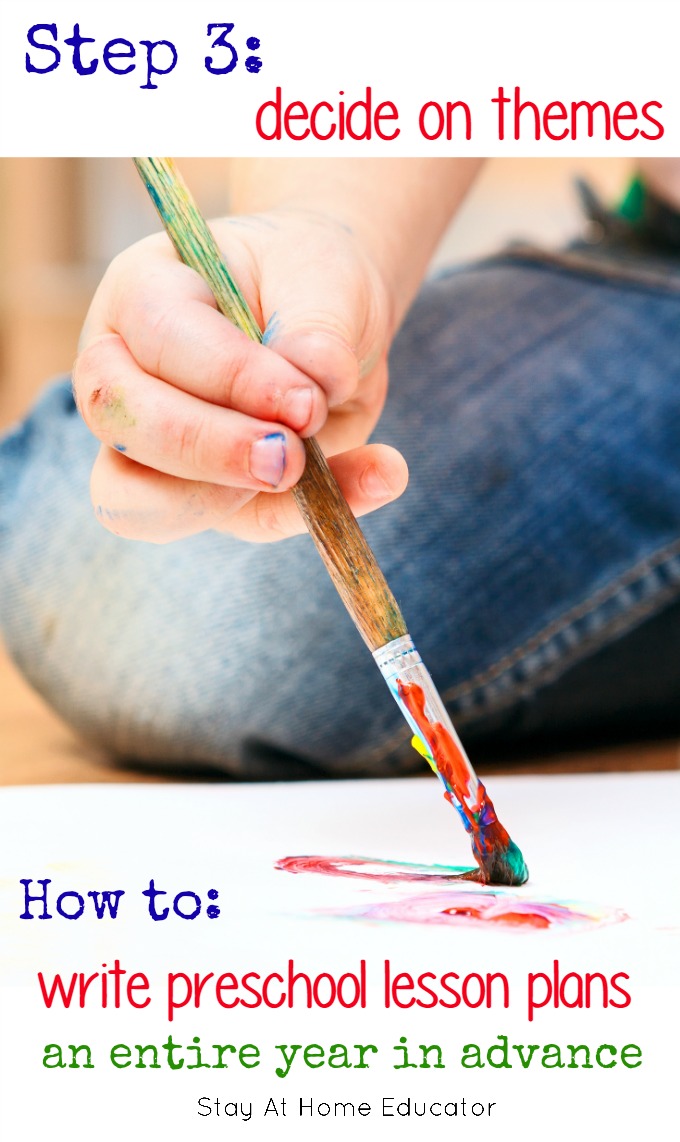

[…] Click here to read more about how I use this calendar in my lesson planning. […]